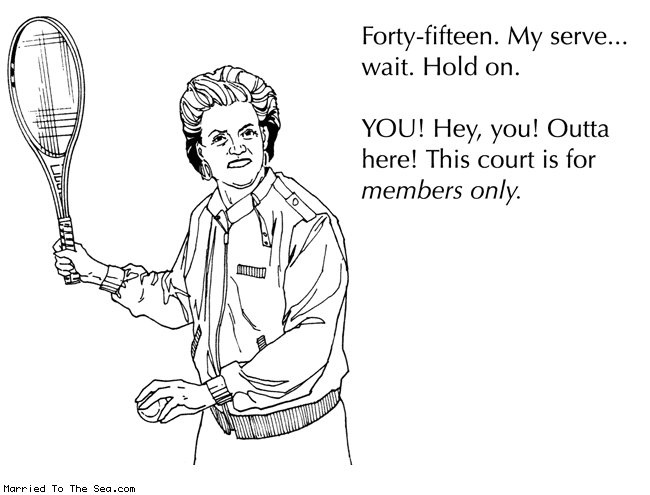Aug. 25, 2010
A year’s worth of work culminates today with the presentation of my independent study project, The City Maven. It's been an interesting year, to say the least. Let’s rewind the tape and see where I was on:
Aug. 25, 2009
Hot. Sweaty, with a thin film of dirt covering my entire body. I'm sitting in a cramped room in the Delhi hostel. There’s a pile of empty plastic water bottles in the corner. This song, then this one, blast through my ear buds until we decide to venture out for dinner. Outside the dirt road is filled with people, children, carts, garbage, excrement and animals. It’s my last day in a country that for two months has pushed me to my physical, emotional and mental limits.
How many nights did I spend on a speeding train, staring out into the darkness of the countryside?

How many times were the sights of begging, suffering and death just too much?

And then, how many times did I think, this may be the most beautiful thing I have ever seen?


The next morning I got on a plane to London, where I met a friend and reacclimated to hot water, clean bedding and meat. It was my transitional week, from one adventure to the next. My last night there, after L had flown back to San Francisco, I turned on the radio and wrote this:
...
game face on. competitive streak polished. with a curl in my hair and a shine on my lips.
...
swapped mountains for skyscrapers. winetasting and cocktail dresses for coffee and sweats in the library.
india. difficult, smelly, dirty, poverty-stricken, loud, congested. and yet, ... something. there's something that's brought me peace. calm in my heart. my fortunes and blessings have never been clearer to me. what is there to complain about? strive for success, love, confidence. bring those to my family and friends.
a return and a beginning.
The first chapter of that beginning has closed. Here’s the next chapter:
To Angelenos who have a financial, business or personal interest in the governmental decisions of Los Angeles’ mayor, city council members and city departments, The City Maven is a news website that produces fair, insightful coverage while providing access to an aggregation of public documents and fostering an online community that encourages readers to voice their opinions and engage with their city.
Other highlights from today's presentation:
Market Analysis—Survey: Preliminary market analysis indicates there is a promising community interest in a news publication like The City Maven.
In July 2010, I contacted 116 Angelenos I identified as potential customers and asked if they would be willing to participate in an online survey regarding their media habits as they related to political and governmental journalism in Los Angeles. The group was made up of City Hall press deputies, political consultants, union and business representatives, and neighborhood council members. Of the 116 people contacted, 47 agreed to participate in the survey; ultimately 34 people started and completed the survey via Survey Monkey. The survey had 10 questions. Some participants received an additional two questions depending on how they answered Question 10.
Market Analysis—Interviews: A series of interviews with heavyweights in Los Angeles’ political and journalism scenes confirmed my findings that there is an audience, and a need, for a publication like The City Maven.
My takeaways from these interviews were:
- Overwhelming support for the aggregation of public documents
- Strong support for live-streaming and live-blogging events such as town hall meetings
- Politicians are always looking for a way to get their message out and would be interested in a weekly, half-hour video chat
- Angelenos are unable to identify with their council members and would benefit from knowing about their backgrounds, personalities and power within council
- The City Maven could empower Angelenos by making public documents available and providing them with an online community in which to discuss policy decisions
- Before launching the site, I need to decide The City Maven’s personality and tone
- There was general agreement from theses interviews that the site needs to have some sort of edge to capture readers’ attention
- Civic-minded Angelenos are a vastly underserved audience
- Material could be sold to the Los Angeles Times and Daily News through a financial partnership similar to the Chicago News Cooperative’s relationship with The New York Times
- Editorial and business decisions must be made in silos
Competitive Analysis: Survey participants identified these publications as their most-visited outlets:
- Los Angeles Times
- The Daily News
- Los Angeles Business Journal
- City News Service
- Los Angeles Weekly
- KPCC 89.3 FM
- KNX 1070 Newsradio
- LAist
Audience Projection: The City Maven’s goal and expectation is to have 100,000 unique visitors per month in two years.
Financials—Expenses: It will cost $47,050 to start the company. It will cost $187,248 to operate for the first 12 months.
Financials—Revenue: There are three revenue streams The City Maven intends to pursue:
- Advertising
- Membership
- Content-sharing















